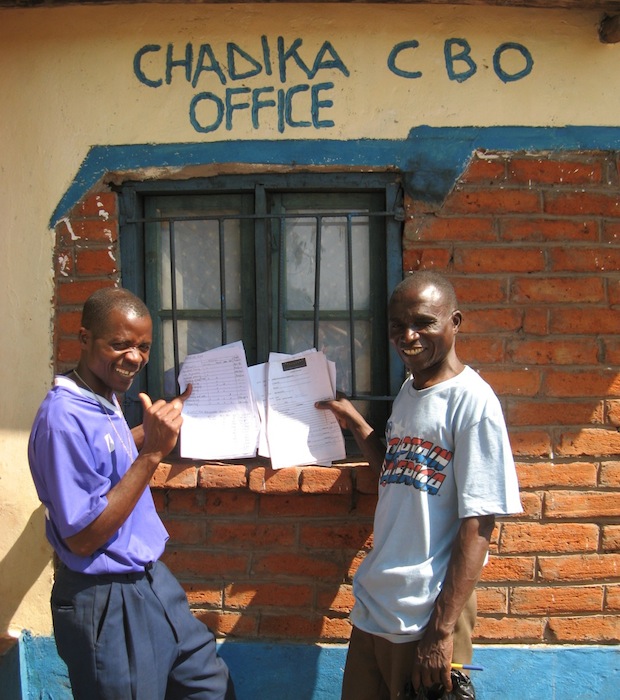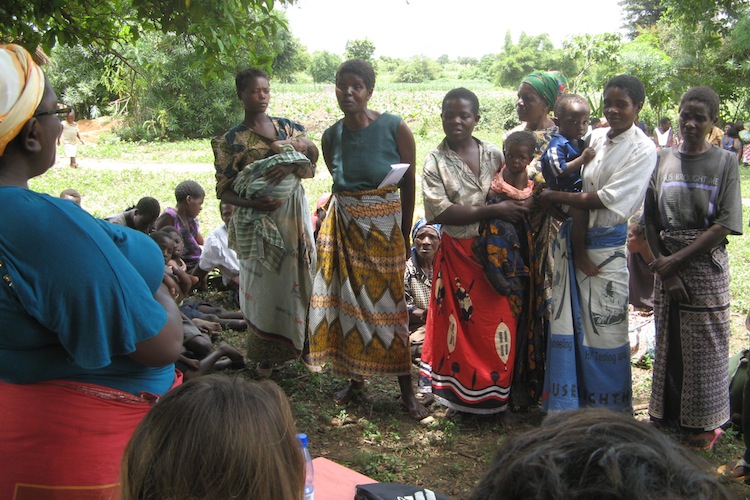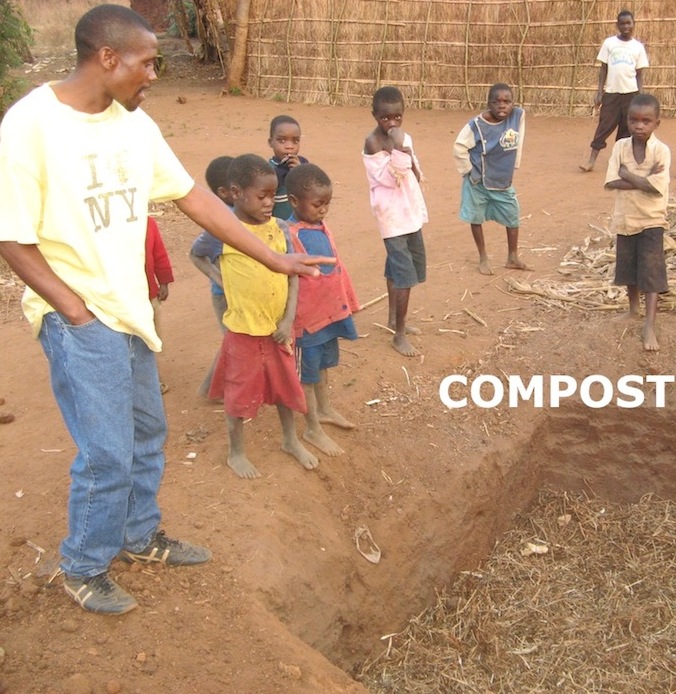
Imagination as the Measure of Success:
A rural village in Malawi redefining what charity can do
Imagine we could judge charities by how happy people are. How they feel about their lives. How they see their future. Rather than school scores, number of people tested, or increases in income, perhaps charity should use people's ability to imagine as the measure of success.
If people can imagine their future, isn't that a good start?
From Here to Where?
In 2009, our Face-to-Face AIDS Project gave the Malawi community of Chadika a very small grant to repair their office building. When we returned to Chadika in 2010, we asked that they show us their accounting -- even though no one in Chadika knew bookkeeping, no one had a calculator, and only a handful knew how to read and write. We studied each receipt in front of villagers, including the Group Village Headman (the GVH. Everyone was nervous.
When we announced that they had spent $14 less than their grant amount (photo at right) -- and completing a nice renovation -- everyone broke out in huge smiles and applause. The grant had been used honestly and responsibly.
I remarked that because Chadika had shown that they can carry out their grant obligations, they could become a role model community. Other villages would seek their advice, I predicted. People would think something exciting was going on in Chadika.
My comments were received with puzzled looks. Surely something was being lost in
translation. After all, Chadika was so poor that people were dying of starvation and disease. There was no electricity, no running water, no economy to speak of. How could Chadika be a role model community? (Photo at right, Chadika asking for help in 2009)
People hoped they'd receive maize seed and fertilizer, and help for those struggling with AIDS. Chadika, like most poor communities, were used to just asking and waiting for help.
Projects that Help Everyone
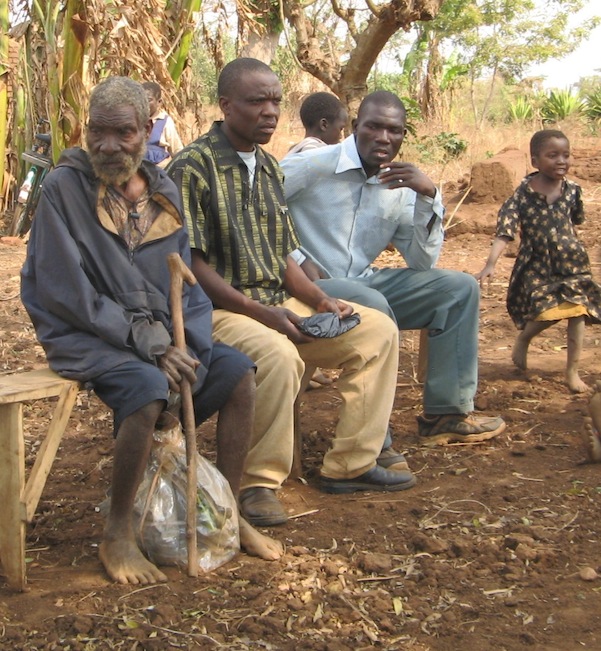
Face-to-Face wanted to touch as many villagers' lives as possible through our grant. Even if the benefit was tiny, we wanted to be seen as inclusive -- we didn't want people to think that just a select few were receiving support. We also wanted everyone to know the exact amount of the grant, and how that money was being used. After all, money going to a place where there is no money can lead to mistrust, jealousy, and, of course, petty corruption. We didn't want to tempt that.
Over the next two years, our small annual grant to Chadika expanded to include the creation of a youth group, increased farm activities in both the wet and dry seasons, bicycles, and ambulance bicycles.
Something was happening in Chadika.
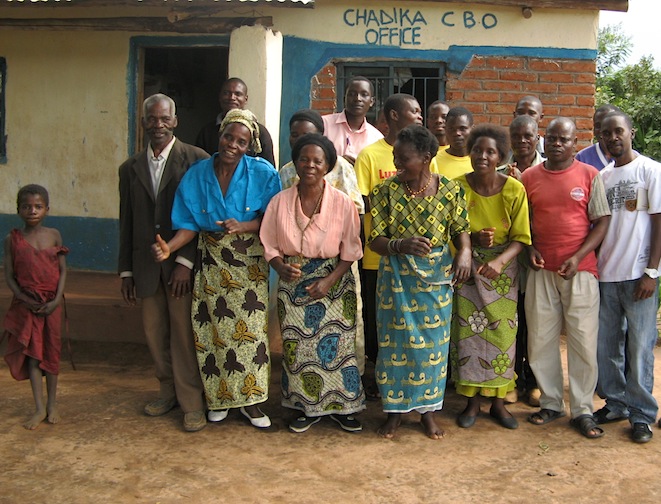
In February 2012, we had our annual round of meetings at Chadika with community leaders, village headmen, and beneficiaries (photo, right). We called this week of meetings, "All Eyes on Chadika," and we spent one day reviewing the projects, another day going over invoices and bookkeeping, two days to discuss new projects they wanted to do (and for us to respond with suggestions and budget limitations), and a final day reviewing everything.
Here's a list of the projects they decided to do:
1. One-week leadership training for village headmen and community leaders
2.Bakery business and accounting training
3. Continuation of community garden, with training from organic agricultural facilitators
4.Farming and HIV facilitators for the youth group
5.Cassava planting during the dry season
6.Training in composting and making manure
7.Training in establishing a tree nursery
8.2 bicycles to be shared among leaders
9.Basic census to determine population, disease prevalence, and general attitudes
Looking over this range of projects, all of which amounted to less than $8,000, I commented that the focus was on learning, and not on specific items, such as seed and fertilizers. I lightheartedly summarized their grant as "manure for the mind." And to my surprise, everyone in the room laughed and went on to talk about the importance of learning.
Learning meant that a chief could know how to not use chemical fertilizers. That a committee can bake bread to feed the village orphans. That a woman can teach her neighbors how to dig a compost pile. So Chadika can delegate its youth with real responsibility and purpose.
Just two years ago, Chadika leaders told me that composting would be met with skepticism, and that using human waste as fertilizer was something that Malawians would never do. Chadika now has 21 compost pits, and are looking for facilitators who can teach them about human waste manure.
That's a project for 2013, for sure.
Individual Imagination
In August 2012, we had a one-day meeting at Chadika in which people stood up and talked about whatever they wanted. A grandmother observed that at first only women tended the compost pits, but now the men were enthusiastically digging new pits. A youth talked about the challenges of creating a group, and how they were going to restart after knowing which youth were most dedicated.
A village headman talked about how he learned in his leadership training that he must not charge a chicken when women come to him to resolve a petty dispute -- a headman's responsibility is to help his people get along and making one side pay when the matter wasn't so important could lead to ill will. A committee member declared they were going to use the profits from the bakery to self-fund another community garden.
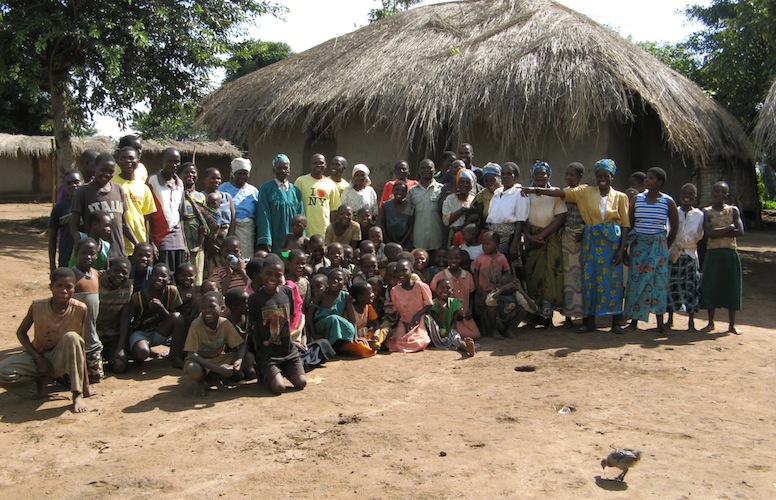
God willing these don't happen, he added, because that would allow his villagers a better chance to imagine how they could make Chadika a good place to live for everyone. May this continue so that his grandchildren -- of which there are a great many -- enjoy the good life in Chadika.
He, as the GVH, could see this happening.
Collective Imagination
The energy in our Chadika continues to be positive and hopeful. Everyone is respectful, with nary a trace of sarcasm or bad-mouthing. Everyone tries to think of new ideas on improving all aspects of village life, including food security, health, education, and human rights.
Everyone tries to envision being self-reliant, without depending on things that are out of their control -- roads, electricity, a national economy.
Can this imagination spread to residents who aren't in the room? (I think this is already happening.)
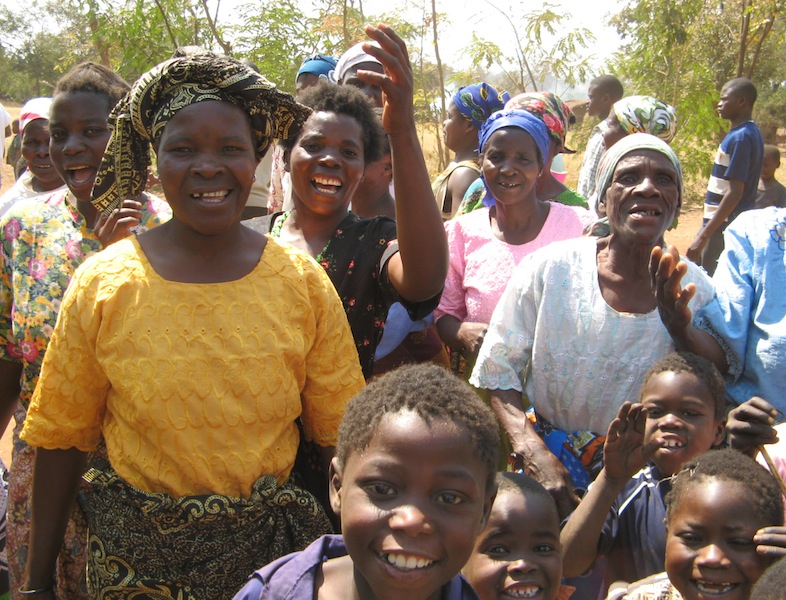
Can we Westerners imagine how Chadika residents -- free from capitalistic values and Western lifestyle perceptions -- might be closer to achieving a happier, healthier, more responsible community?
I can imagine so.
* * * * * * * * * *
Ken Wong is the director of the Face-to-Face AIDS Project, a Brooklyn-based nonprofit helping impoverished communities in Malawi and Cambodia. For further information about the Face-to-Face AIDS Project and how you can help support our work in Chadika, or to donate to the Face-to-Face AIDS Project, please visit the Contact & Donate page at www.facetofaceaids.org. All photos taken by author unless otherwise noted The Face-to-Face AIDS Project thanks the LuziCare at Colby College and individual donors for supporting our work in Chadika.
